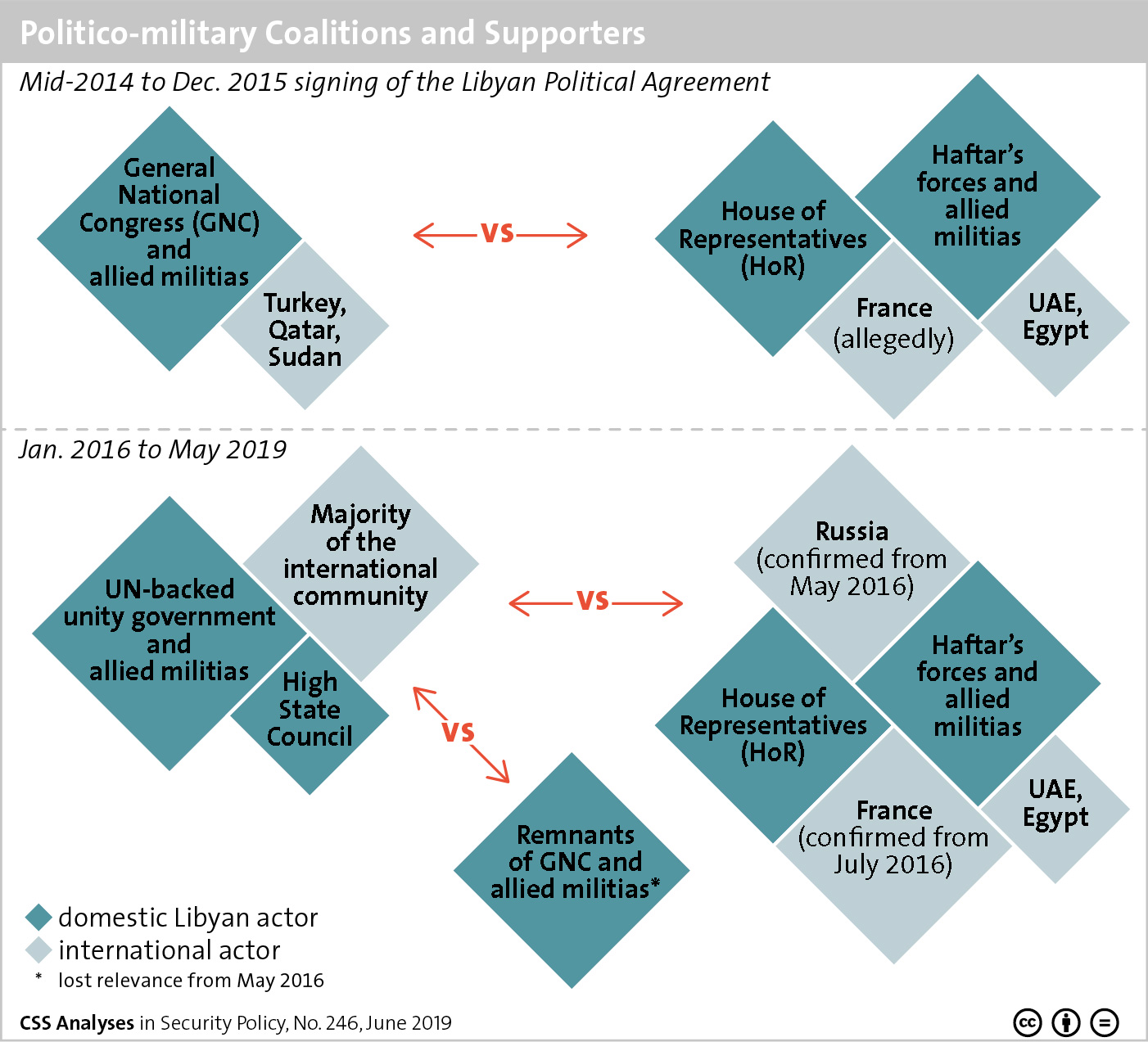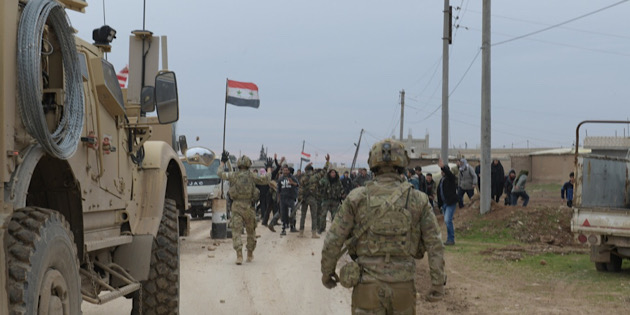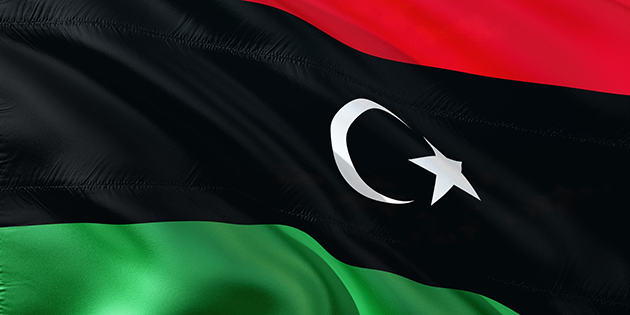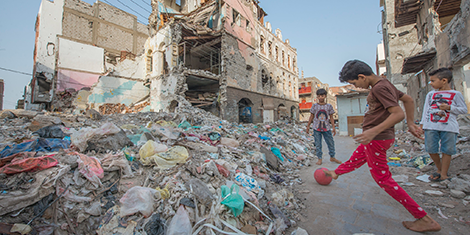
This week’s featured graphic maps the domestic coalitions in the Libyan conflict and their international supporters. For an insight into UN mediation in Libya, read Lisa Watanabe’s CSS Analyses in Security Policy here.

This week’s featured graphic maps the domestic coalitions in the Libyan conflict and their international supporters. For an insight into UN mediation in Libya, read Lisa Watanabe’s CSS Analyses in Security Policy here.
Image courtesy of EU Civil Protection and Humanitarian Aid/Flickr. (CC BY-ND 2.0)
This blog belongs to the CSS’ coronavirus blog series, which forms a part of the center’s analysis of the security policy implications of the coronavirus crisis. See the CSS special theme page on the coronavirus for more.
Ongoing fighting in Libya and the toll of a decade of almost continual civil war will make it difficult to prevent the spread of the coronavirus in Libya. Increased instability as a result of an escalation in fighting not only creates conditions under which transmission of the virus could rapidly accelerate while resources are devoted to dealing with the war-wounded; it also risks Libya once again becoming an important departure point for migrants and refugees as people seek to flee the coronavirus as well as the conflict. European policymakers should grasp the moment to push for a ceasefire, not only to help combat the spread of the virus in Libya but also to pave the way for a return to peace talks.
 Image courtesy of Jodi Eastham/DVIDS.
Image courtesy of Jodi Eastham/DVIDS.
This article was originally published by the United States Institute of Peace (USIP) on 12 March 2020.
The engagement of external actors has protracted the conflict and Syrians civilians continue to bear the brunt.
In March 2011, as the Arab world was roiled by demonstrations, protests broke out in Syria to demand political reform after four decades of Assad rule. Nine years later, the Assad regime is on the offensive against the last rebel stronghold of Idlib, with Russia, Turkey and Iran all heavily invested in the conflict. The humanitarian consequences for Syrians cannot be overstated and a political solution to the conflict seems as distant as ever. USIP’s Mona Yacoubian discusses the dreadful toll on the Syrian population and what the battle for Idlib means for the trajectory of the conflict.

This article was originally published by the Istituto Affari Internazionali (IAI) in February 2020.
On 8 January 2020, Turkey and Russia sought to broker a cease-fire between warring factions in Libya, calling on both sides to resume negotiations and end this new phase of the conflict raging since April 2019. While the cease-fire remained a dead letter, with talks moving to the international conference in Berlin, the effort underscored Moscow’s and Ankara’s growing influence in the country, with each actively supporting opposing sides in Libya.

This article was originally published by the Danish Institute for International Studies (DIIS) in August 2019.
The conflict in Yemen will not be solved by a peace agreement between the Houthis and the internationally recognized government due to the increased fragmentation of internal political and economic structures.
The United Nations (UN) describes the conflict in Yemen as the world’s largest humanitarian disaster, as more than an estimated 24 million Yemenis currently need assistance. This underscores the urgent need for a comprehensive peace agreement. However, whereas the UN-led ongoing peace negotiations focuses on the elite level, sustainable peace in Yemen will depend on whether or not local actors are incorporated into the transitional political process and the future Yemeni state.